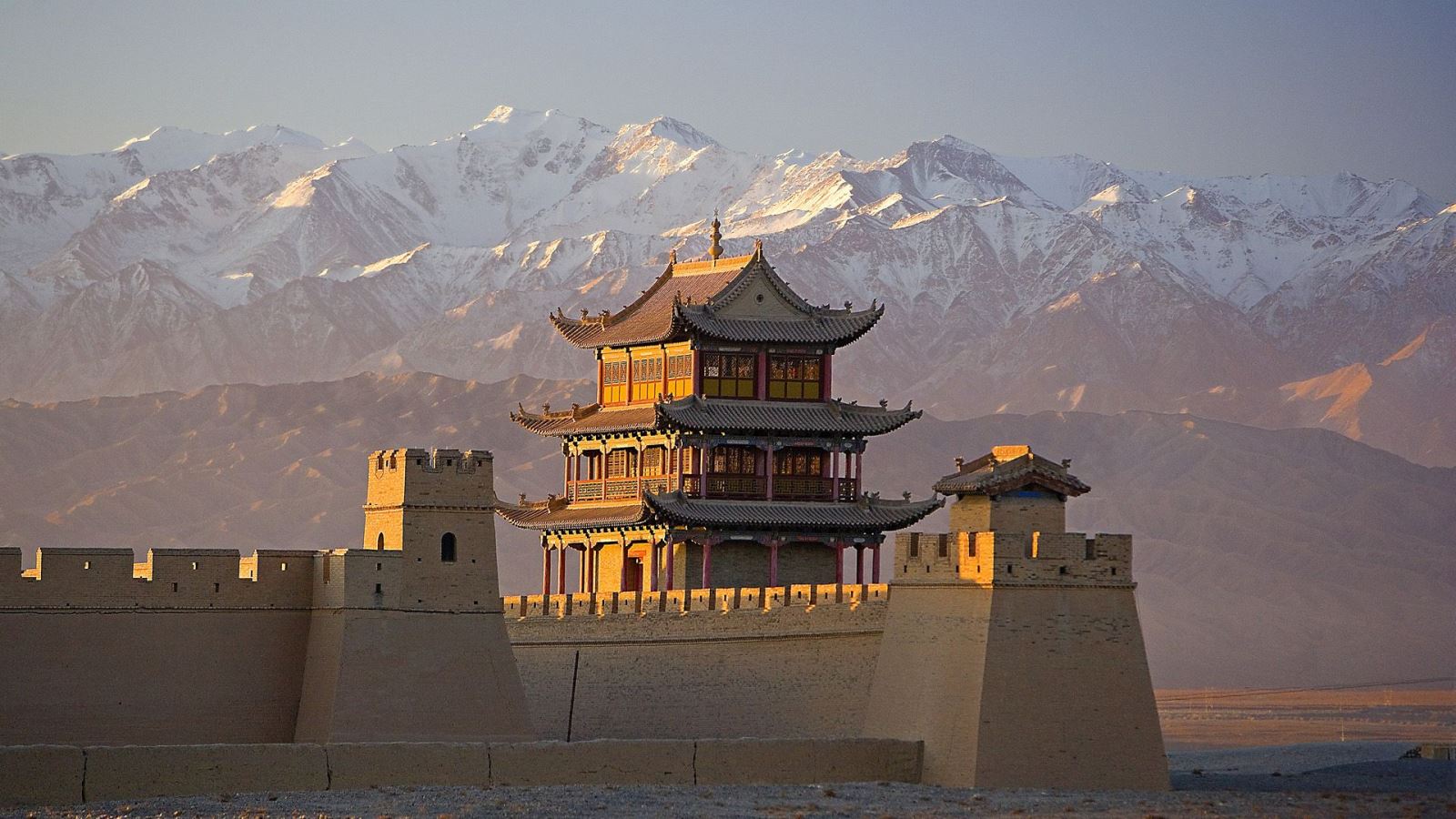The Great Wall of China, a symbol of ancient civilizations, is the longest man-made structure in the world, with the length of 21,196 km (13,171 mi).
Different kingdoms initially built walls at strategic points to protect their territories, but in 22 BC, following the unification of China during the Qin Dynasty, the emperor decided to link and extend the walls.

The wall itself is a series of discontinuous walls with spurs. Most of the wall as it stands now was rebuilt by the Ming Dynasty during the 16th century. About 1 million people, one-fifth of the population of China at the time, reconstructed the wall over 10 years.
Watchtowers up to 40 feet in height were built at regular intervals. These lookout towers and fortresses housed troops and supplies. The Great Wall starts at Shanhaiguan Pass, a seaport along the coast of Bohai Bay, and travels on to Jiayuguan Pass in Gansu Province. At its highest point at Badaling it stands 2,624 feet above sea level. In most places, the wall is 25 feet high and ranges from 15 to 30 feet in width. The highest point of the Great Wall is in Beijing at Heita Mountain at 5,033 feet. The lowest point is at Laolongtou at sea level.

The Great Wall’s western section and its chain of watchtowers provided defense for those traveling the Silk Road.

According to iexplore











